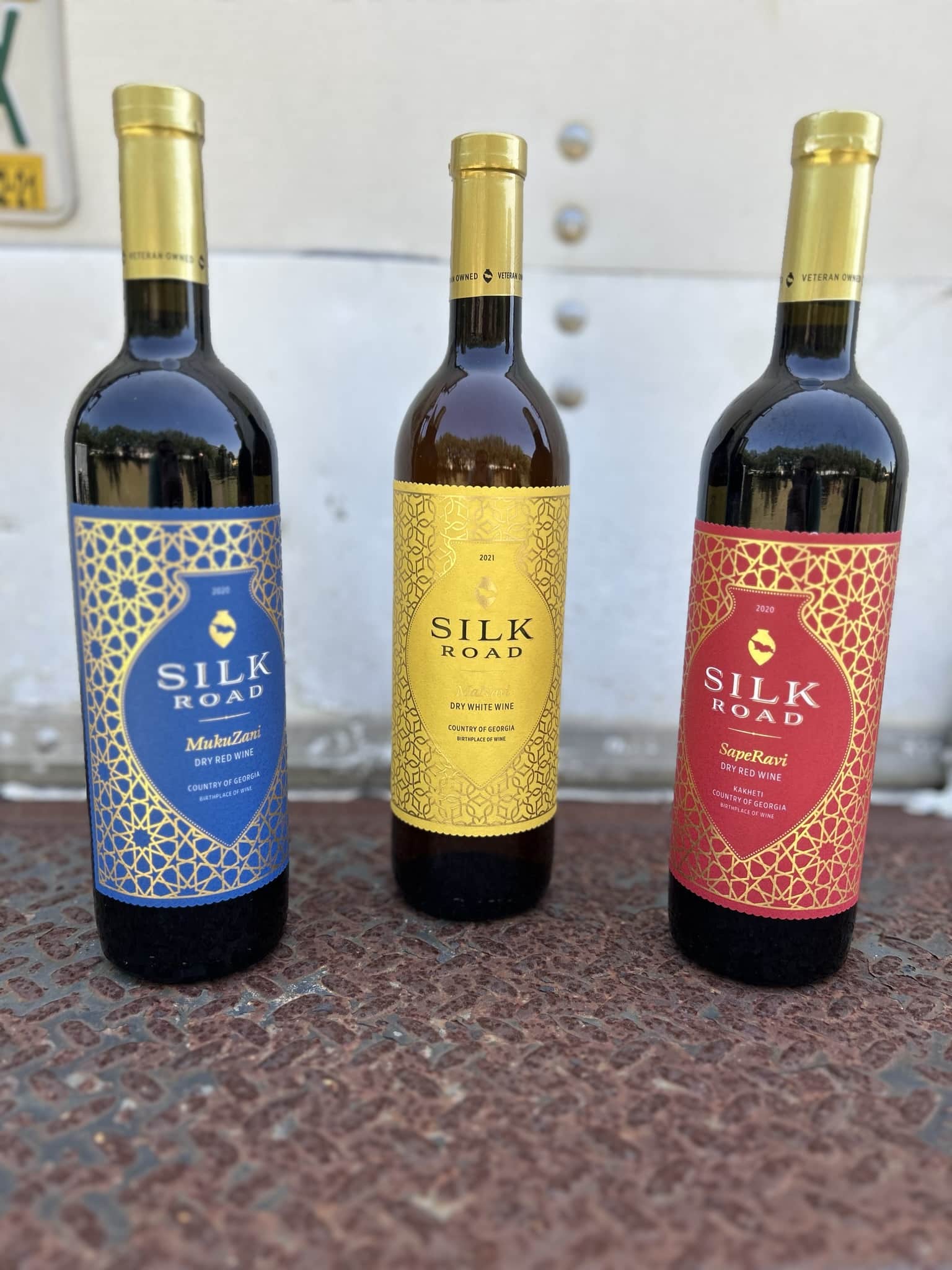Comparing Red and White Wines
You might be surprised to learn that the birthplace of wine isn’t Italy or France (and definitely not Napa), but Georgia — a relatively small nation at the heart of the Caucasus region, where Europe meets Asia. With more than 8,000 years of winemaking history, the country has had not just centuries, but millennia to perfect its craft, producing renowned red, white, and even amber wines. But what exactly makes one grape become a bold red wine and another a light, crisp white?
Grape Varieties: Red vs. White
Part of what makes Georgia a wine lover’s dream is that the country boasts more than 500 indigenous grape varieties — a reflection of its vast biodiversity — accounting for more than 15% of the world’s total grape varieties and offering endless possibilities for unique blends and flavors. However, some grapes have risen to prominence due to their distinctive qualities and growing international recognition.
In terms of Georgian red wines, the Saperavi grape reigns supreme. It’s famed for having both red skin and flesh — the name “Saperavi” translates to “dye” — making it one of the world’s few teinturier grapes, which lends itself to deep-colored wine. Saperavi wines are known for being rich and full-bodied, with a flavor profile of blackberries, plums, and cherries and earthy, smokey, spicy undertones. Their bold tannins and high acidity make them an ideal wine for aging. Saperavi is also a versatile grape. When grown in warmer climates, it can lead to higher residual sugar levels and sweeter wines, such as the semi-sweet Kindzmarauli
When it comes to Georgian white wines, the country’s grapes are known for producing crisp, acidic varieties, with Rkatsiteli being one of the most popular. Rkatsiteli wines typically showcase aromas of green apple, citrus, and herbal notes. While the majority of Rkatsiteli wine is dry, it too is an adaptable grape, and is often used to make wine using Georgia’s traditional qvevri method, leading to more earthy, complex profiles. Rkatsiteli grapes are also used to produce amber wines through a process that involves extended skin contact during fermentation, giving the wine its distinctive color and rich, layered flavor.
Exploring the Winemaking Process: Red vs. White Wines
Red Wine vs. White Wine Differences
Besides the grapes themselves, the winemaking process plays a major role in shaping their differences—beyond just the type of grape used. Red wines owe their signature color and rich complexity to a key step: fermentation with grape skins and seeds. This process allows deep hues and bold flavors to develop naturally. White wines, on the other hand, skip this step, resulting in a lighter, crisper profile.
However, there’s an interesting exception—when white grapes are left to ferment with their skins, they transform into amber, or orange wine, offering a unique taste experience. And here’s a fun fact: red wine has long been rumored to carry health benefits, thanks to the antioxidants found in grape skins, making it a favorite not just for its flavor but its potential perks as well.
In terms of the fermentation process, white wine grapes are immediately pressed to separate the juice from the skins and seeds. This clear liquid is then fermented at a cooler temperature than red wine, typically between 54–72°F. Red wine grapes, on the other hand, ferment along with their skins, seeds, and sometimes stems during a process known as maceration, which allows the color, tannins, and flavor from the grape skins to infuse into the wine. Red wine is fermented at temperatures between 68–90°F in a process that can range from days to weeks. Once this has occurred, it is pressed to separate the liquid from the grape solids.
Another key difference in red and white wine production is the method and duration of aging. Red wine is typically aged longer than white, allowing the tannins to mellow and the flavors to deepen. Depending on the desired finish, it is aged in stainless steel tanks or oak barrels. Traditional Georgian winemaking, however, employs qvevris — large egg-shaped clay vessels used for both fermentation and aging. These are buried underground to maintain a consistent temperature, with the resulting wine known for its rich color and layered taste profile. Modern Georgian winemakers utilize all three methods of aging. Once bottled, most red wines will continue to age — a trait that enhances their complexity and flavor — while white wines are typically meant to be consumed within a shorter time frame.
Red vs. White: Taste, Aroma, and Appearance
While many people tend to consume wine seasonally — white for warmer weather and dark for the colder months, a better way to choose wine is to consider how it will pair with food. Generally, a red vs. white wine taste comparison will show that reds are richer and bolder in flavor, while whites tend to be lighter and crisper. Other red wine characteristics include deeper tannins, more complexity, and often a fuller body. Red wines can range in color from a pale ruby to a dark, intense purple, with aromas of dark fruits, spice, earthiness, and smoke.
White wine is known for its refreshing mouthfeel, often described as crisp and light, with a smooth texture that can range from clean and sharp to creamy and round, depending on the grape variety and winemaking technique. Additional white wine characteristics include higher acidity levels and delicate aromas of citrus, green apple, stone fruits, florals, and herbs. White wine ranges in color from pale yellow to deep gold. White wine can also be fermented a second time to produce sparkling wine like Champagne or Prosecco.
Experience Georgian Red and White Wine Today
For wine drinkers, incorporating the unique taste and aroma of Georgian wines into your lineup is an exciting way to explore new flavors and enhance your wine experience. Silk Road, a veteran-owned wine importer offers a curated selection of the country’s top varieties, including a special line of Warriors’ Wine, of which a portion of the profits go toward supporting wounded veterans and service members.



